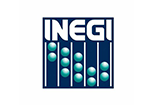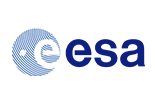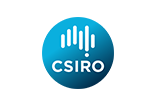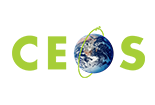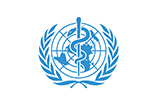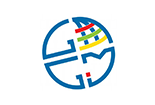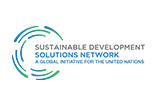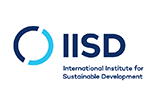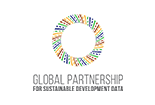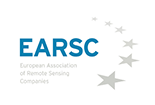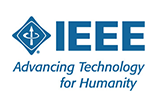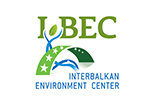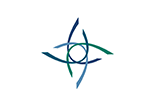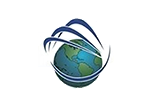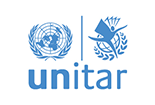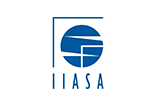Takeaways from the Seventh Meeting of the IAEG-SDGs Indicators
By Mike Gill, Director, Biodiversity Indicators Program, NatureServe and Co-Chair, Group on Earth Observations Biodiversity Observation Network
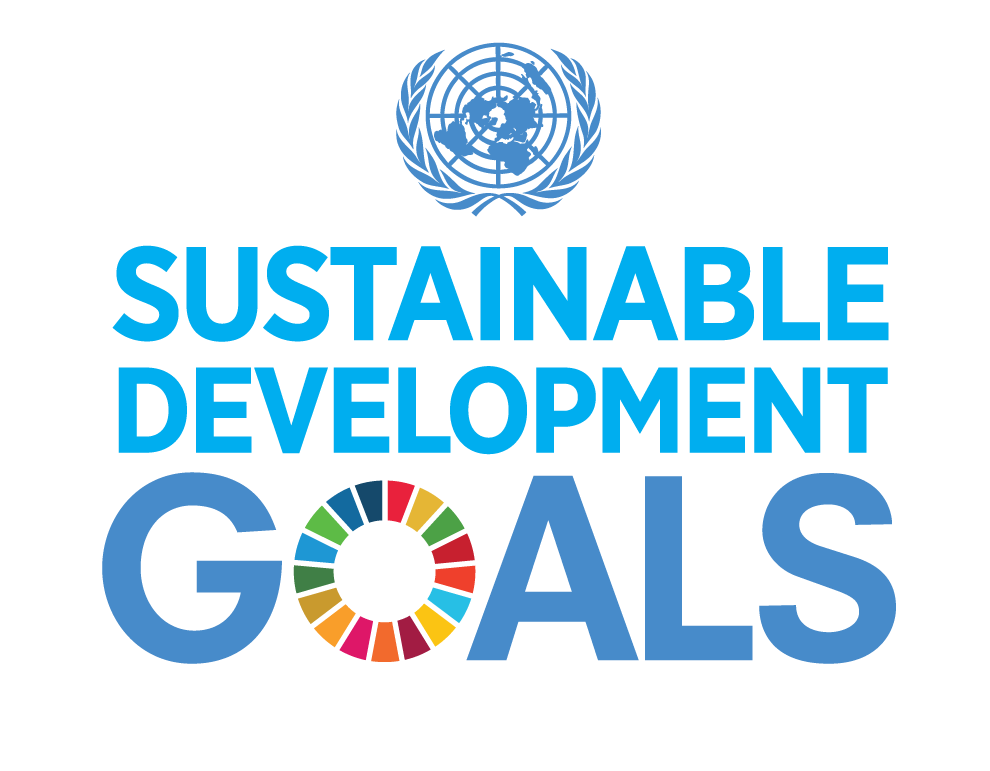
As Co-chair of the Group on Earth Observations (GEO)– Biodiversity Observation Network and Director of NatureServe’s Biodiversity Indicators Program, I have been involved in the biodiversity science community’s long efforts to provide meaningful metrics and information to national governments about biodiversity loss and its effect on human well-being and the sustainability of economies and communities. I recently had the opportunity to attend the Seventh Meeting of the UN Interagency and Expert Group on Sustainable Development Goal (IAEG-SDG) Indicators, serving as the official representative of GEO.
The IAEG-SDG is tasked to develop and implement the global indicator framework for the Sustainable Development Goals (SDGs) and targets of the 2030 Agenda. This is an extremely important process as countries are expected to report on their own progress towards the SDGs. Given the fact that there are 169 individual targets under the 17 SDGs and there are currently 227 identified indicators for consideration, this is no easy task. Currently, no country is able to comply with reporting on all aspects of the SDGs with the most successful country able to report on 65% of the targets.
This meeting focused on considering existing Tier III indicators that have no established methodology and standards yet available to be upgraded to Tier II indicators that are conceptually clear, that have internationally established methodology and standards, but not regularly produced by countries. The meeting also reviewed and confirmed work plans and processes for further indicator considerations to fill key gaps in indicator coverage, to promote data disaggregation and identify both synergies and conflicts between individual targets.
As it was my first time attending a meeting of this body, it was extremely useful to hear the needs and positions of both the countries and the custodian agencies. Perhaps the most important take-away from this meeting was the fact that countries are feeling overwhelmed with the reporting burden and are motivated to simplify the process, to limit the number of indicators and, to seek indicators and platforms that can streamline the reporting process. Many developing countries called for capacity building support for the use of Earth Observations (EO) and the need for transparent validation techniques for EO data. In contrast, many custodian agencies are motivated to make the SDG tracking process more robust, allowing for additional indicators to be considered to improve the accuracy and relevance of reporting. Also, since the SDGs are now into their fourth year with a 2030 deadline, there was a sense of urgency regarding finalizing the formal list of indicators. This is of importance with regard to the targets with 2020 deadlines (often ones relating to biodiversity).
These challenges regarding finding a streamlined, yet robust suite of indicators emphasize the critical role that the EO community can play in supporting the countries. I was invited to present on the work of GEO on the SDGs. It was a unique opportunity to profile GEO’s Earth Observation for SDG’s (EO4SDG) initiative and highlight examples of indicators and monitoring platforms produced by the GEO community. A new partnership was announced between the Biodiversity Indicators Partnership and NatureServe’s Biodiversity Indicators Dashboard to produce an indicator visualization platform designed, in part, to facilitate more robust and streamlined national reporting on the SDGs.




